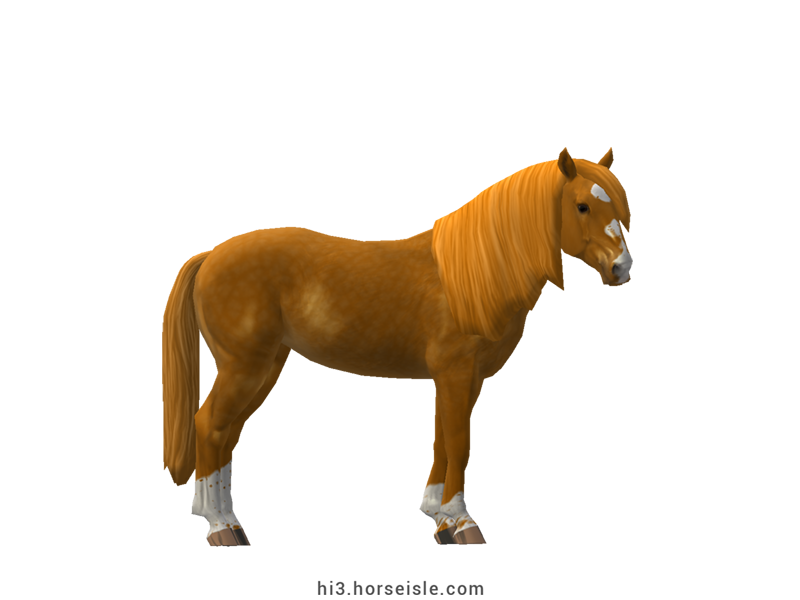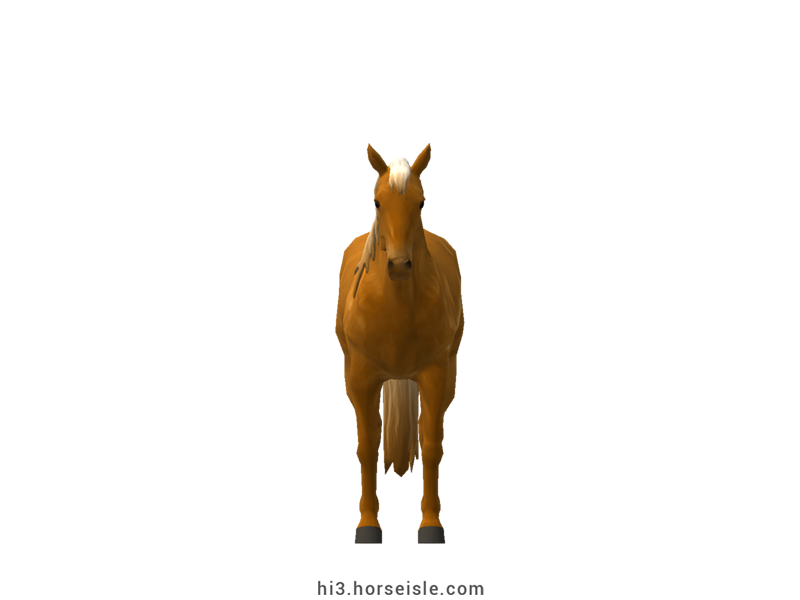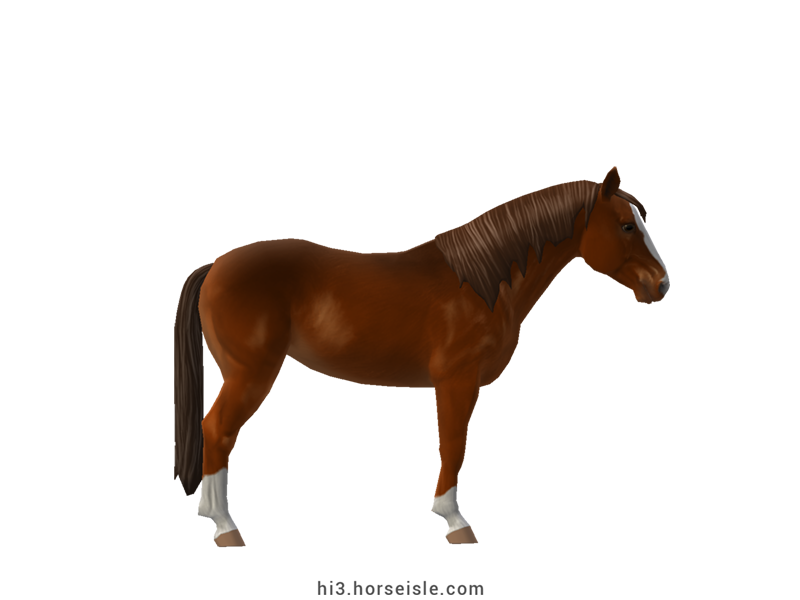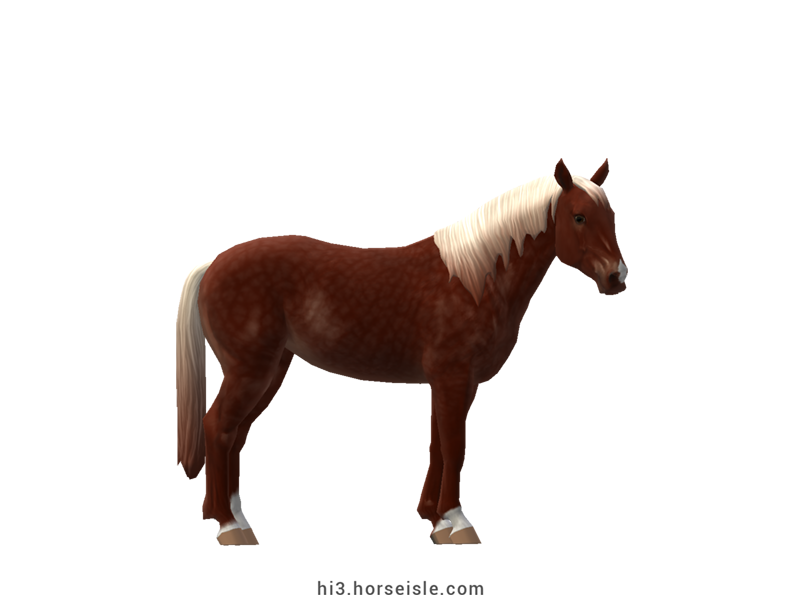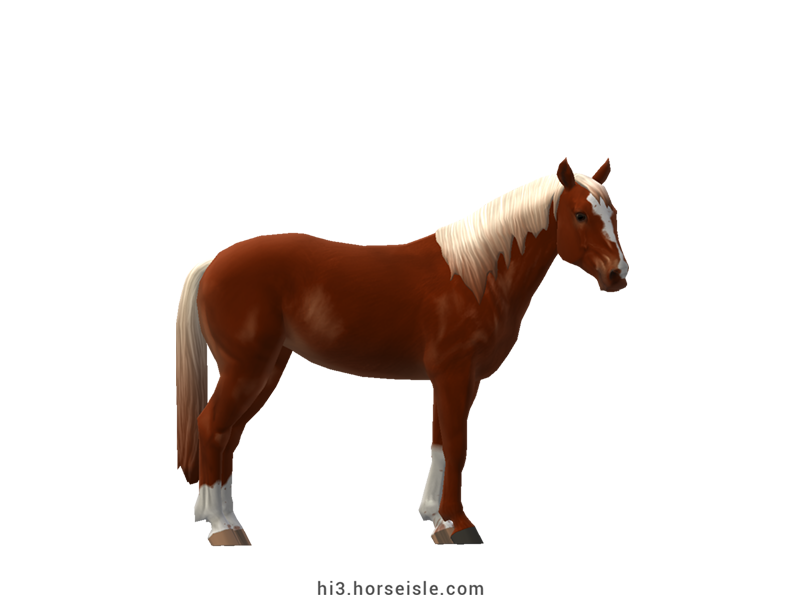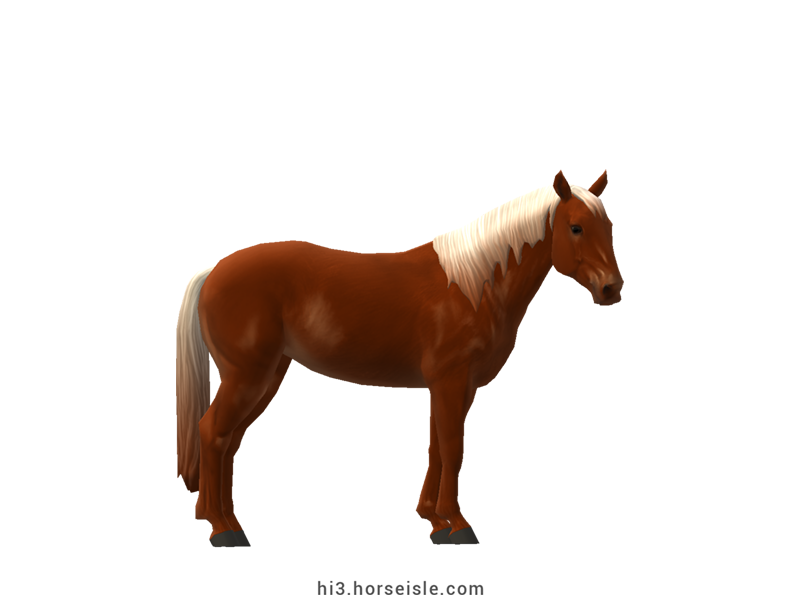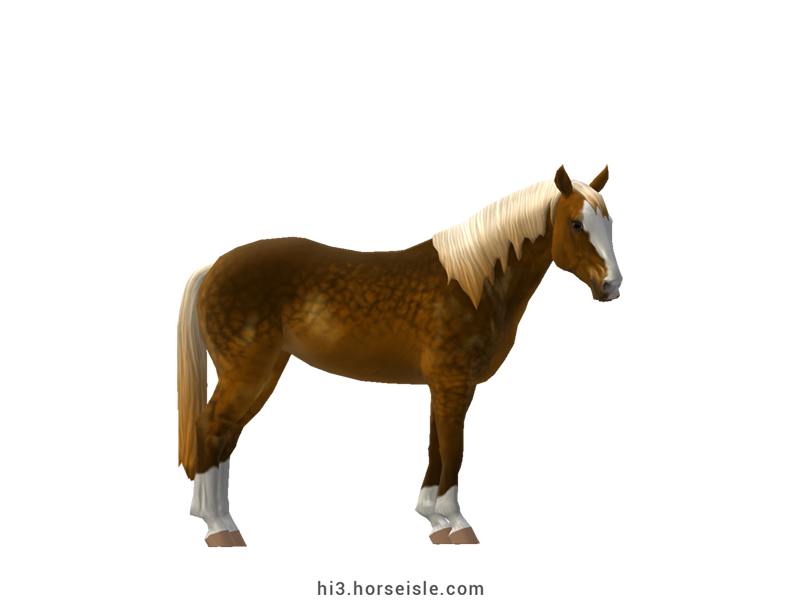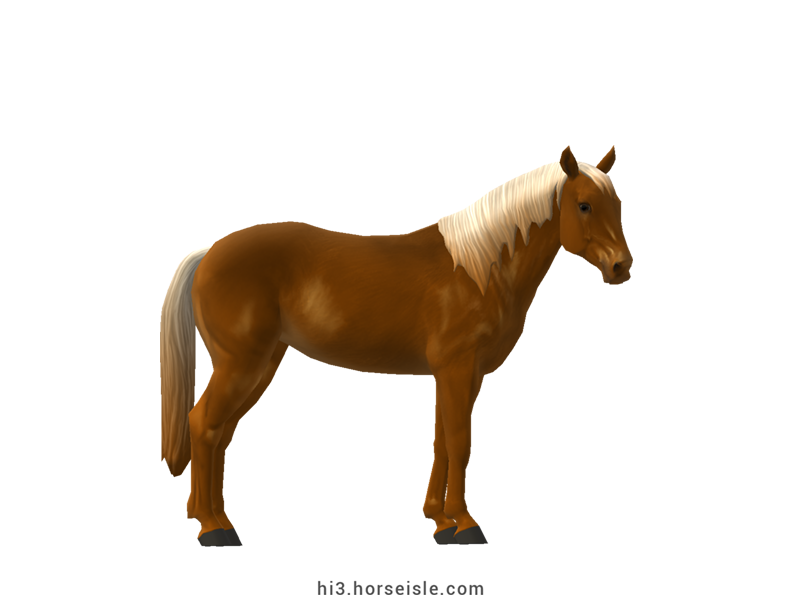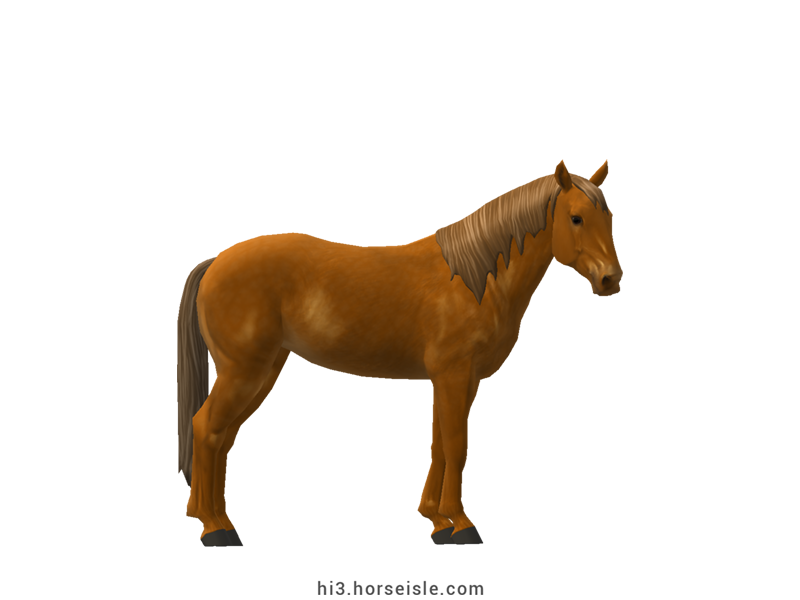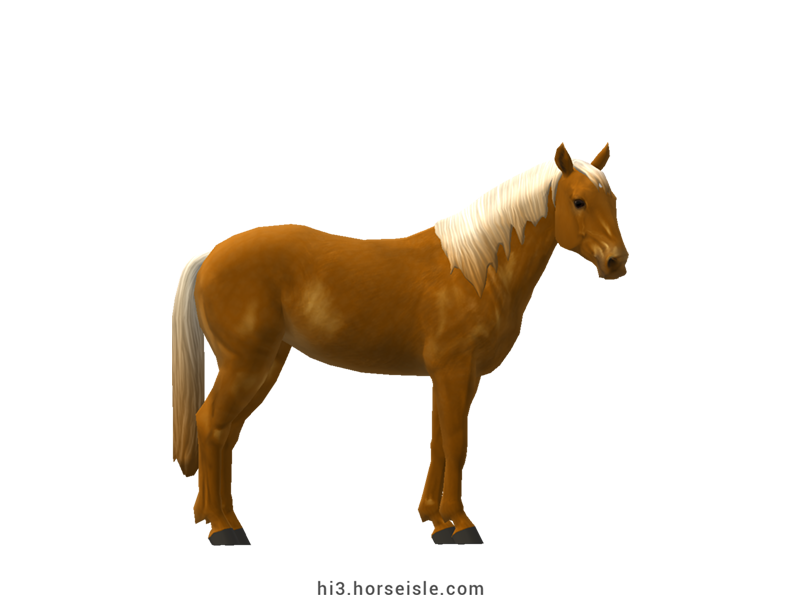Our Massive Real World Equine Reference!
[ INDEX ] Equine Type: Horse Breed: Work Finnhorse [ PREV ] [ NEXT ]
The greatest Finnhorse - strength- and size- wise:
It was created in the 19th century, when Percheron and Ardennes horses were crossed with Finnhorses in order to make the Finnhorse heavier and taller, and to improve its strength and stamina.
Originally, Work Finnhorses were popular as farm horses, and roamed Finland in their thousands. They fulfilled this role for centuries until the mechanization of agriculture in the 1960s rendered farm horses obsolete. Life many draft breeds of the time, the Work Finnhorse faced the risk of extinction.
Fortunately, the Work Finnhorse didn't go extinct thanks to the dedication of Finnish farmers. However, it did take a hit, with its numbers dwindling to several hundred.
The Work Finnhorse today:
Today, the Work Finnhorse is the rarest Finnhorse type, and great care is taken to preserve it. This doesn't mean that horses are automatically approved for breeding, though. There is still an active selection of breeding stock, with Work Finnhorses being graded according to their pulling strength, and only those deemed strong enough are allowed to breed.
These tests serve a practical purpose, as Work Finnhorses are still used for draft work, be it for logging or for pulling carts and sleds as part of tourism. There are also pulling competitions intended for Work Finnhorses to encourage breeders to continue breeding them.
Conformation:
As their name suggests, Work Finnhorses are bred for draft work, and their conformation reflects this.
Work Finnhorses have the widest, most muscular, and largest body structure among all the Finnhorse subtypes. Their necks and legs are thicker, their withers are lower, and their backs are shorter, all of which ensure a greater pulling ability.
Performance metrics:
The following are the: range, average, (SD), and MOE of performance metrics of ordered Work Finnhorses in Horse Isle (not bred ones). In rare cases,
Speed: 15.8-17.2, 16.5 (0.3), 0.06.
Sprint: 58-68, 63 (2), 0.36.
Accel: 0.91-1.09, 1.01 (0.04), 0.01.
Decel: 0.98-1.12, 1.05 (0.03), 0.01.
Jump: 5.07-5.38, 5.21 (0.06), 0.01.
Pull: 2.62-3.29, 2.90 (0.16), 0.03.
Turning: 50.84-62.90, 56.13 (2.68), 0.53.
Reverse: 2.4-3.1, 2.7 (0.2), 0.03.
Stamina: 48.62-54.83, 51.78 (1.22), 0.24.
Reaction: 0.74-0.85, 0.80 (0.02), 0.00.
Coats & Height:
Colors: usually flaxen or regular chestnut, but also bay, black, and brown. More rarely, they come in silver-dapple, grey, and cream-dilutes.
Additionals: flaxen, linebacked, mealy, rabicano, roan, sooty, dark mane & tail, grey mane &tail. The coat is usually solid with white markings on the legs and face, but in rare cases it can be white-spotted sabino.
Height: 14.2hh to 17hh.
[ INDEX ] [ PREV ] [ NEXT ]


